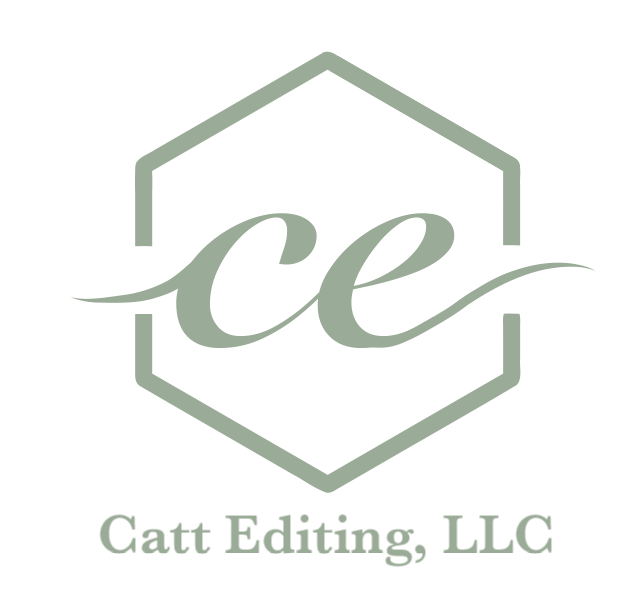
Looking for something specific?
Use the search bar below.
Gendered Language: Tips for Inclusive Writing
It’s very rare that someone intentionally goes out to exclude someone through their writing, and most people don’t mean to throw in sexist stereotypes when they’re writing a book. And yet it happens every day. . . . Why is this? And more importantly, what can we do about it?
Style Sheets
A style sheet is basically a smaller style guide customized to each project. Style guides tell us the rules of English. The purpose of style guides is to ensure consistency throughout writing so we know what a piece of text is talking about. What if there wasn’t a single source telling us how to use a semicolon? I think; we’d use them; whenever we wanted. And it would be; confusing for everyone involved. So style guides are important.
8 Things You Should Know About Hiring an Editor
There are a lot of things to consider when hiring an editor, so here are eight tips to help you make the right decision.
All About Proofreading
Proofreading is for last-minute touch-ups before publishing.
Some things a proofreader might look for are errors in punctuation, grammar, spelling, and simple formatting. They’ll make sure all the cross-references that say, “See page X for more information about this,” actually line up and have the correct page number. They’ll make sure a chapter number isn’t skipped or duplicated, that words aren’t cut off by graphics, that the pages look nice and clean. All the little details that you don’t really want to take the time to check are important, that’s what a proofreader will do for you—in addition to checking for typos, punctuation errors, and inconsistent grammar.
Timeline of a Self-Published Book
There is a lot that goes into writing a book. Then, after you finish writing the book, there’s still a million more things to do! I hope this post will help you stay on track and take all the necessary steps to publish your book.
4 Common Mistakes of Christian Authors
I work with a lot of Christian authors, and I noticed that most people are confused or don’t know about three particular things. Since these unique aspects only apply to this genre, they aren’t that well known. If you’re a Christian author, refer to God in a religious context, or quote any Bible Scriptures in your book, you’ll want to read this blog post!
Action Beats
Action beats are a replacement for dialogue tags to show the action the character takes during or after speaking.




















